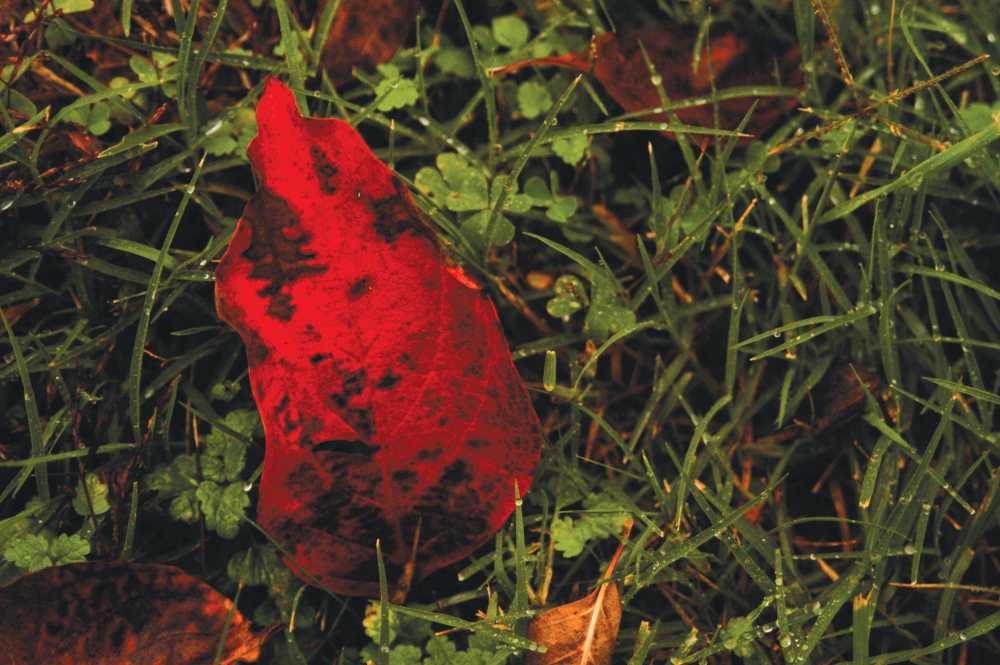Hues changing, but most dramatic in north

A few local locations feature good fall scene
SIKESTON -- Residents wanting to see some fall color can find a little bit in the Sikeston area, but they may have to travel north to get the breathtaking views.
Joe Garvey, forester for the Missouri Department of Conservation's Southeast region office, said leaves have been turning color on sumacs, gums, dogwoods, elms, maples and hickories.
"The oaks have been real slow. They're not doing much at all," Garvey said.
And Garvey isn't sure if the oaks will even turn this year.
"I don't know what the oaks will do. This rain and wind (the region had Thursday) tends to knock the leaves off," Garvey said.
Good places to catch a fall scene locally are in the Mississippi River hills in Scott, Cape and Perry counties, Garvey said, adding Trail of Tears State Park and General Watkins Park are popular locations. Big Oak Tree State Park near East Prairie also is a frequented spot.
"So you probably want to get out and walk if you can or drive this weekend," Garvey advised.
The window of opportunity to see fall color is getting smaller, Garvey noted.
In good seasons, all color may slowly change from mid-September to a peak in mid-October. By late October, the colors fade and the incredible show is gone, he said.
"It takes cool nights and warm days to get the color. A lot of things determine the intensity of fall color -- how much moisture they have, how stressed the trees are and other factors," Garvey said.
While green is the color seen in trees during the growing season, there are also hidden colors in the leaves called carotenoids. When the chlorophyll starts to break down as shorter days and cooler nights occur, the green disappears and yellow is finally displayed, according to the Department of Conservation.
The red and purple colors, though, aren't hiding in the leaves, the conservation department said. They're created in the fall when sugars are made during warm days, then trapped in the leaves during cool nights. The trapped sugars change chemically and appear red and purple.
Also trees that don't get enough water during the growing season may just drop their leaves quickly before they color. If it gets very cold, that kills the leaves, too, before they have time for a fall display.
According to the Missouri Department of Tourism, some of the most scenic fall color can be found via road trips along Great River Road (Route 79) which stretches between Hannibal to the north and St. Peters; Pickle Springs Natural Area, which is about seven miles northeast of Farmington of State Highway AA, accessed from Missouri Highway 32. From Potosi to Taum Sauk Mountain along Highways 8 and 21 are notorious for fall colors.
For those who don't mind traveling farther away, the tourism department recommended visiting the Missouri River Valley, where wineries beckon on Highways 94 and 100. White sycamores are among the foliage along Highway 100, from Washington to Linn. Highway 19 takes visitors through the Ozark National Scenic Riverways and passes through Mark Twain National Forest. Seven miles south of Cassville on southwest Missouri's Highway 112, is the Roaring River State Park. Scenic drives along the Kansas City area can be found on Highway 45 along the Missouri River.
Regardless of where someone travels to see fall color in the state, Garvey said he thinks they'll be pleased no matter what.
"There is no such thing as an unpretty fall," Garvey said.

